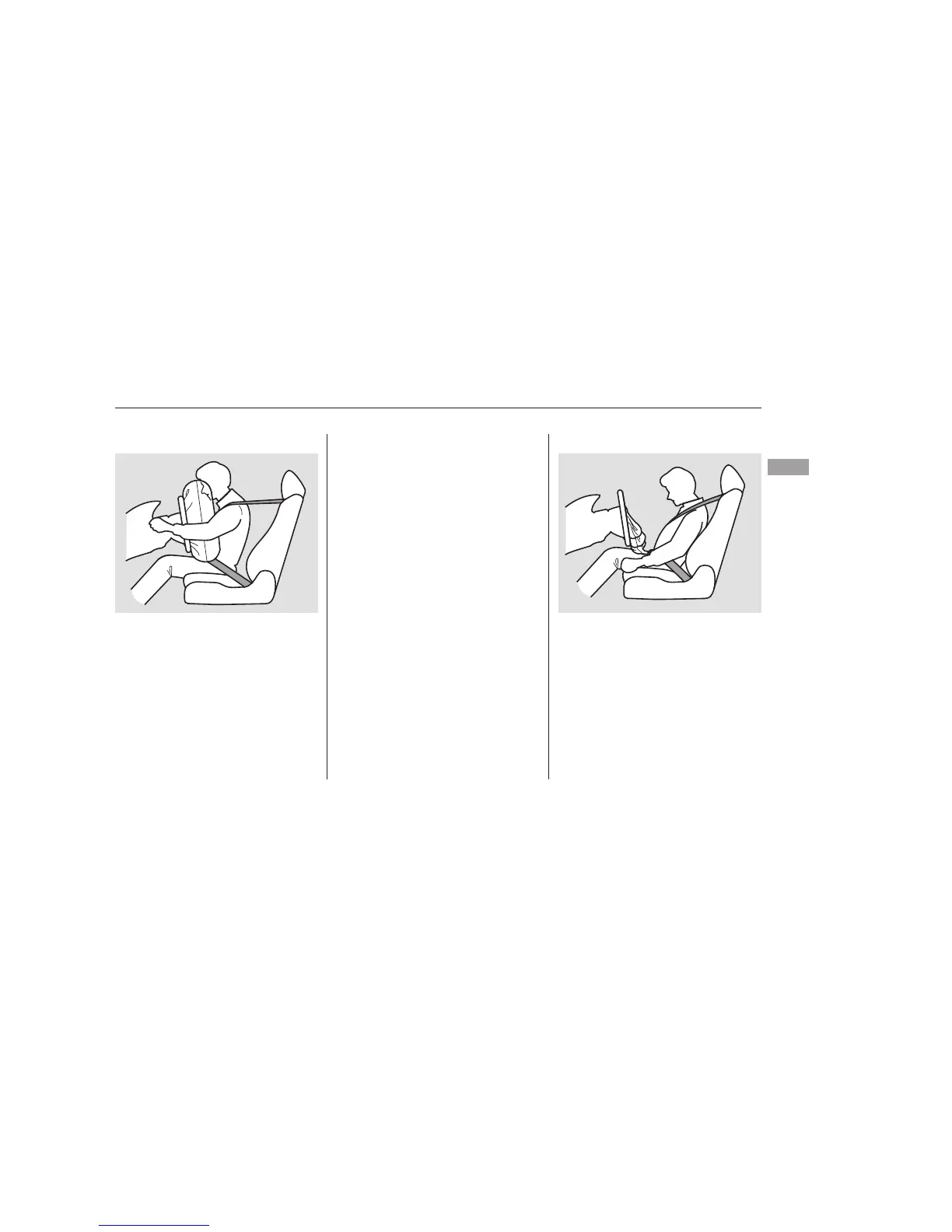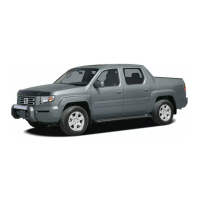
 Loading...
Loading...
Do you have a question about the Honda Element 2007 and is the answer not in the manual?
| Brand | Honda |
|---|---|
| Model | Element 2007 |
| Category | Automobile |
| Language | English |
Key safety recommendations for operating the vehicle and its features.
Information on the proper use, function, and importance of seat belts.
Details on the Supplemental Restraint System (SRS) front, side, and curtain airbags.
Guidelines for safely restraining infants, small, and larger children in the vehicle.
Diagram illustrating the location of essential vehicle controls within easy reach.
Explanation of various warning and indicator lights on the instrument panel.
Information on tachometer, speedometer, fuel, and temperature gauges.
Instructions for adjusting front and rear seats, head restraints, and folding seats.
Recommendations for optimal vehicle reliability and performance during the first 600 miles.
Guidance on recommended gasoline type, octane, and additives for optimal engine performance.
Information on using vehicle storage areas and safe cargo loading practices.
Tips for safe driving, including cornering, sharp turns, and vehicle modifications.
Explanation of shift lever positions, shifting procedures, and engine speed limiters.
Guidelines for load limits, equipment, trailer brakes, lights, and safe towing practices.
Essential safety precautions and general warnings for performing vehicle maintenance.
How the system displays engine oil life and indicates required maintenance services.
Procedures for inspecting battery condition, terminals, and fluid levels.
Step-by-step instructions for safely changing a flat tire using the vehicle's tools.
Troubleshooting steps for diagnosing and resolving engine starting issues.
Information on when and how to safely tow the vehicle using professional services.
Key dimensions, weights, capacities, engine, and transmission specifications.
Explanation of the vehicle's emissions control systems and their function.
Overview of the different warranties covering the vehicle, parts, and accessories.
Recommended unleaded gasoline type, octane number, and fuel tank capacity.
Recommended engine oil type, viscosity, and API certification seal.
Recommended fluid type and capacity for the automatic transmission.
Recommended brake fluid type and capacity, and inspection frequency.











